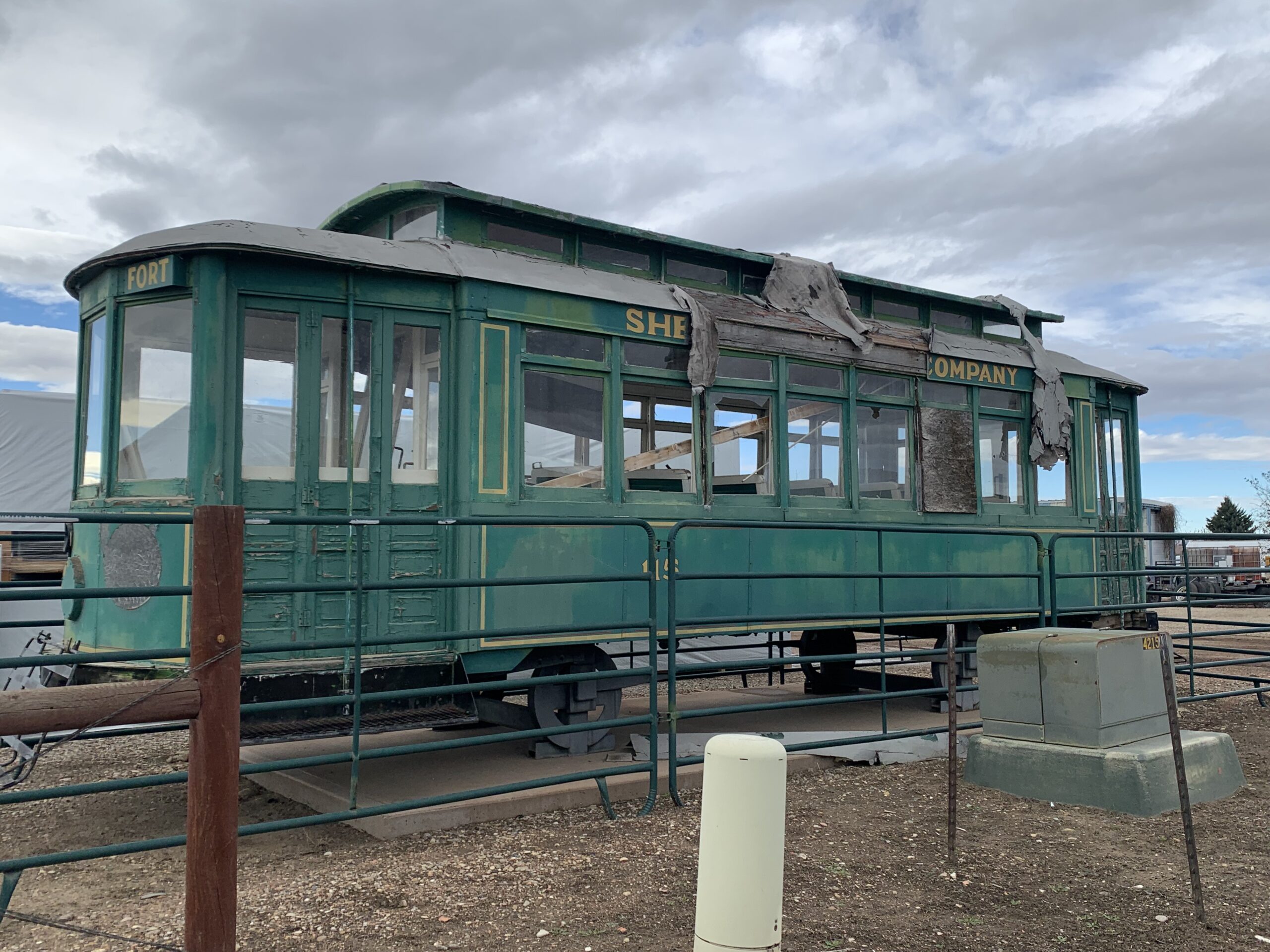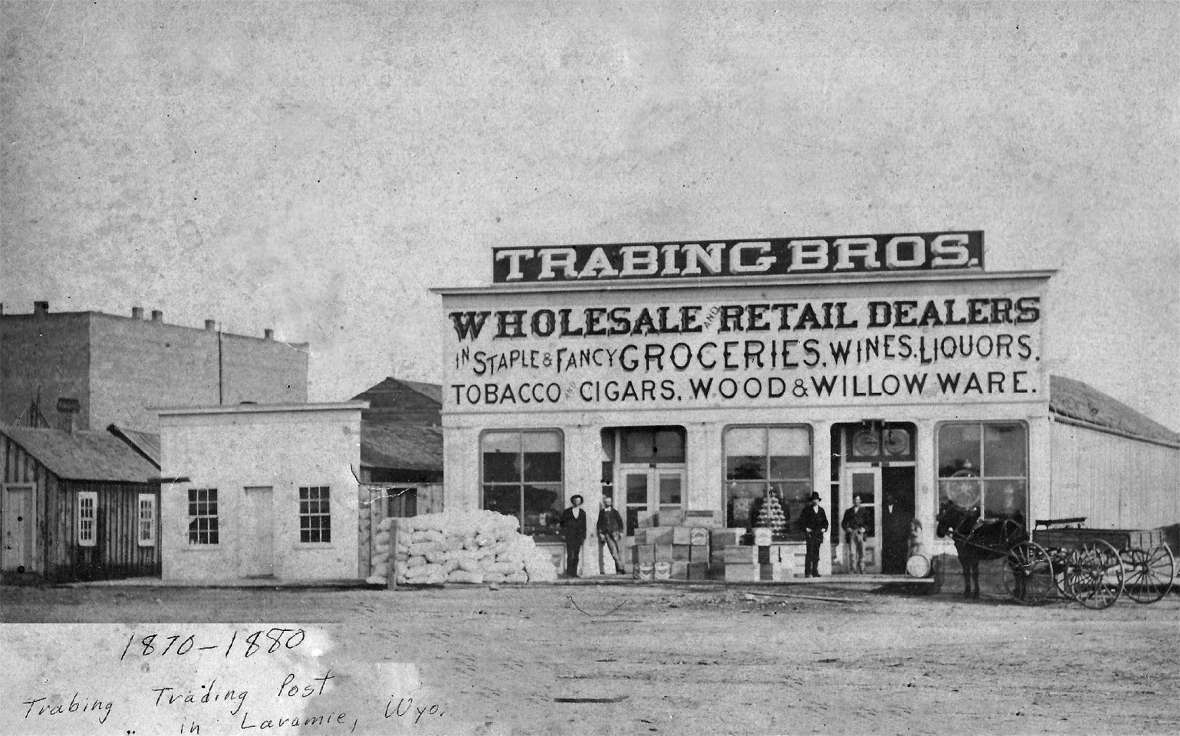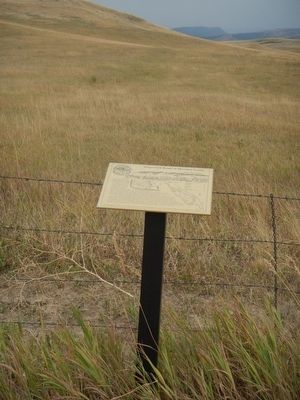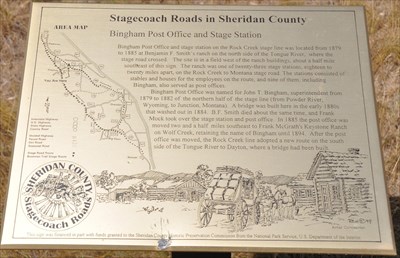
For this #TBT, we are telling the story of the creation of the Red Grade Road. Our source is historic itself: The History of the Bighorn National Forest and the Vicinity prepared by Forest Supervisor James F Connor in 1940.
At that time, the Red Grade was referred to as the Big Horn-Woodrock-Hyattville Road. Connor interviewed Nora B. Kinsley of Sheridan, who explained that, in 1892, “There was a growing need, an insistent desire for mail and freight communications between settlers of the east and west sides of the Bighorn Range.”
By the summer of 1893, Sheridan County had convinced the U.S. Postal Service to establish a route to do just that. As the desire was to have an all-year route, the powers-that-be decided the path should be scouted in March of 1894.
The man chosen to blaze such a daunting trail was none other than the famous government scout Frank Grouard. Grouard began planning his expedition immediately. For a companion, he chose a man who Kinsley colorfully described as, “…of that class who, through the vicissitudes of life, had lost sight of his name, and was known only as ‘Shorty.’”
Connor relayed Kinsleys vivid description of the trip:
“They abandoned their horses at Big Horn; put on snowshoes; and started up Little Goose Creek Canyon for the divide. Besides their firearms, they carried one blanket apiece, and rations for five days. They traveled from Little Goose to Big Goose and Tongue River; thence to a point six miles northeast from Clouds Peak (13,000 feet above sea level). They were on top of the range for eight days, three of which were spent in huge snow drifts without fire or food. Finally, they found their way down the Paint Rock Canyon to Hyattville in a very serious condition. One of Grouard’s eyes was completely closed from snow blindness, and the other was almost useless. His face was so badly frozen and swollen that he could not leave the house for two weeks.”
Reportedly, Shorty suffered even more damaging frostbite and, as Grouard put it, “…here drops out of our narrative.“
Grouard made the return trip alone and delivered his report. This was to be the last job he ever completed. He retired and went to St. Joseph, MO to seek expert medical attention. Unfortunately, his eyesight was permanently injured. Grouard never left St. Joseph and died there “sometime in the ‘90s.”
The road was completed about 1897 or 1898. Though the route was sound, the conditions were always harsh in the winter. “The mail was carried by wagon, on horseback, on sleds and men packed on snowshoes,” Connor wrote. “Much hardship was encountered.”









